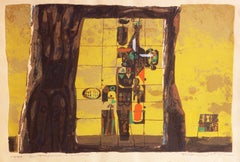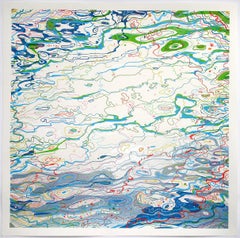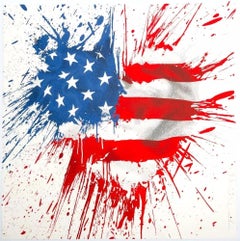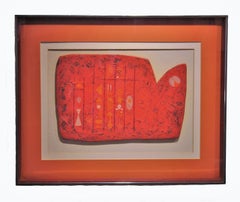Ross Wetzel Art
Ross Wetzel, a Hilton Head resident, was a remarkable and pioneering artist. Ross was born on March 11, 1917, in Chicago, Illinois. By the age of 6, he demonstrated a talent and passion for art. He was an avid art student in high school. Wetzel enrolled with his future wife and artist, Janice, at the American Academy of Art in Chicago. In 1938, after the success of Snow White, Disney needed more animators to work on their next project, Pinocchio. They put out advertisements in newspapers across the country to search for talent. Ross sent in his tryout brochure and was one of the few applications approved to have a full tryout for Disney in Los Angeles. He was subsequently hired and enrolled in Disney's rigorous animator's training program. His first assignment upon completing the program was in Disney's comic strip department, working on the Mickey Mouse comic strip. He was then moved into the animation department as the first assistant to animator Ollie Johnston, one of Disney's famous "9 Old Men." He worked as Ollie's clean up man on Pinocchio. He went on to work on Fantasia, helping pen the flying horses, and on Bambi, under Eric Larson, also one of the "9 Old Men."
Ross left Disney in 1941 for a job offer from King Features Syndicate to work on the Felix the Cat comic strip. Ross married Janice May Johnson on March 11, 1941, and they moved back to Chicago. He was chosen to be the artist to create Northern Tissue's advertising campaign. However, that same year, he was drafted into The First Motion Picture Unit of the Army Air Corps, which was the first military unit in history to be made entirely of film professionals. He worked with such movie stars as Clark Gable and Alan Ladd, and his commanding officer was a young Ronald Reagan. He worked on storyboards and backgrounds for the Air Corp's training films for fighter pilots and bombers. These animated films were critical for pilot training as the technology for creating live-action film versions of the training films wasn't possible at the time. He was released from the military in 1946, and returned to his work with Northern Tissue, eventually creating their first television commercial, which featured "Fluffy the Northern Cub." Ross recognized the need for animation in television advertisements and created a commercial art studio called "the Cartoonists" in 1947. They created animated commercials and print advertisements for companies such as Kellogg's, Kleenex, and Continental Airlines featuring such characters as Tony the Tiger and Toucan Sam. Ross was also hired to illustrate one of the first renderings of Smokey the Bear for the US Forest Service. Ross, with his wife Janice, also started a serigraphy business, which came to be known as Ross Wetzel Studios. During this time, he was able to develop his talents in other mediums, most notably creating unique masterpieces in watercolor in which he chose to "eliminate perspective." His paintings earned high regard in the art community and were featured in such periodicals as American Artists among others. He was also an active member of the art community of San Miguel de Allende in Mexico. Ross's passion for art was something that he wanted to share with the world, so he also created many instructional books on how to draw. He was also an avid golfer.
After he retired from a celebrated career, Ross and his wife Janice moved to Sun City in Hilton Head, in September of 2000. They continued to paint, and Ross began teaching art in the local community center. After Janice died in 2004, Ross discovered a new outlet for his artistic passion. Janice had been cared for by Hospice Care of the Lowcountry. Ross was so impressed with their service that he decided to commit himself to raise money for them. He started a program, with assistance from Julia Sanchez, which created gift boxes containing greeting cards with Ross's paintings and serigraphs. The profits from this program have raised tens of thousands of dollars for Hospice Care of the Lowcountry. Ross had a passion for life that was infectious, and his love of drawing was all-encompassing. At any given moment, he would magically produce a pen and piece of scrap paper and make his illustrations come to life for a friend, a grandchild or a curious passerby. In his final days, when his strength was all but sapped, he would still call out for a pen and paper, or a hospice gift box, and slowly kept making art. He was known for saying to his friends and family, "This is the life, hey gang?"
1970s Ross Wetzel Art
Paper, Screen
2010s Abstract Ross Wetzel Art
Paper, Screen
2010s Street Art Ross Wetzel Art
Archival Paper, Screen
1970s Abstract Geometric Ross Wetzel Art
Paper, Screen
1980s Abstract Geometric Ross Wetzel Art
Paper, Screen
1970s Pop Art Ross Wetzel Art
Paper, Screen
2010s Contemporary Ross Wetzel Art
Paper, Screen
1970s Abstract Ross Wetzel Art
Paper, Screen
1970s Abstract Geometric Ross Wetzel Art
Paper, Screen
1970s Op Art Ross Wetzel Art
Screen, Paper
1970s Abstract Geometric Ross Wetzel Art
Paper, Screen
1980s Pop Art Ross Wetzel Art
Archival Paper, Screen
1980s Surrealist Ross Wetzel Art
Paper, Screen
20th Century Modern Ross Wetzel Art
Acrylic, Mixed Media



